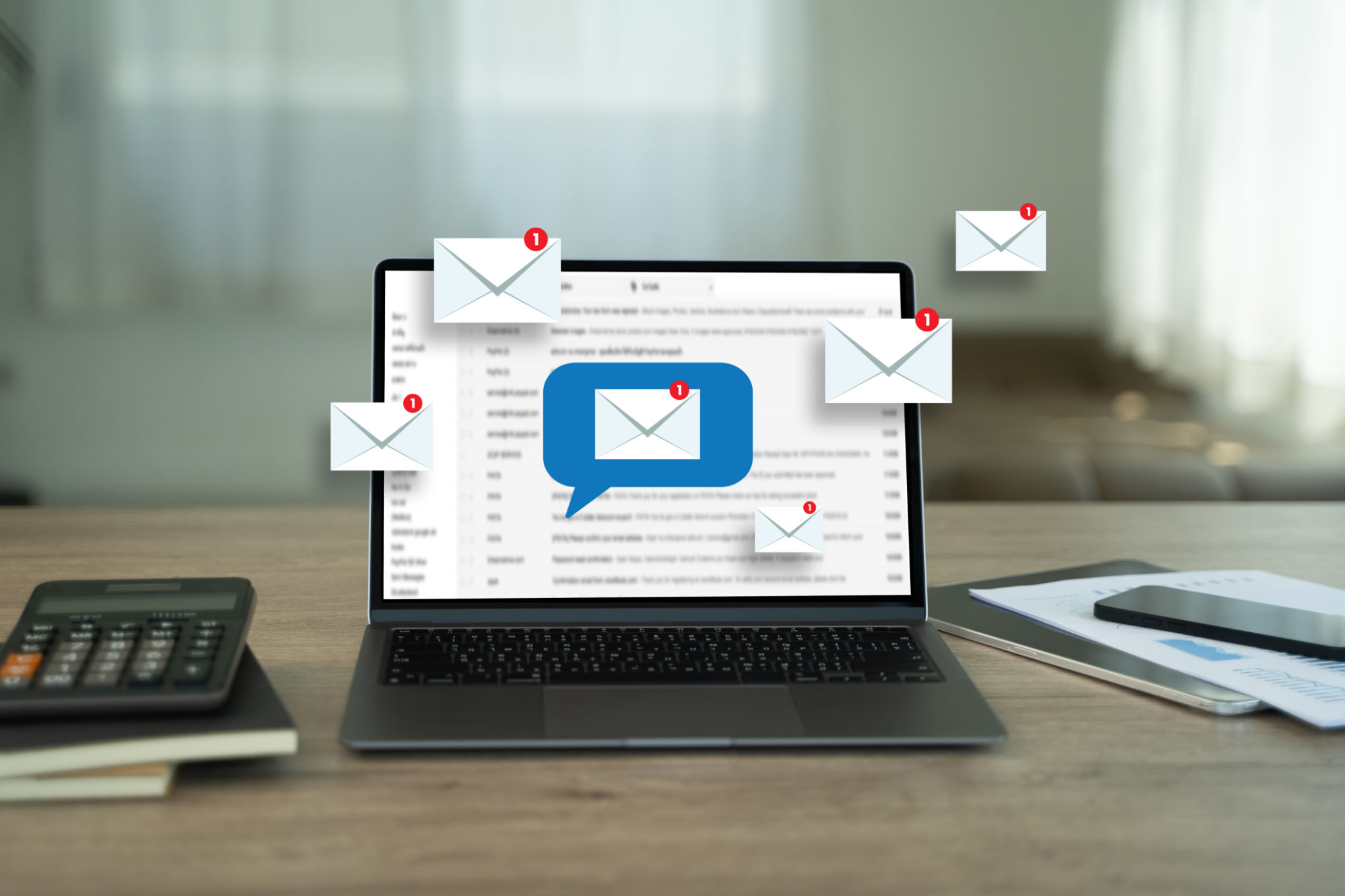Creating Compelling Cold Emails: A Guide for Freelancers in Croatia
Understanding the Basics of Cold Emails
For freelancers in Croatia, mastering the art of cold emailing can open doors to new opportunities and collaborations. A cold email is an unsolicited email sent to a potential client or business contact, where the primary goal is to establish a professional relationship. Unlike spam, a cold email is personalized and targeted, making it a powerful tool for freelancers looking to expand their client base.
Creating a compelling cold email involves understanding your audience, crafting a captivating subject line, and delivering a concise message that piques the recipient's interest. The key is to balance professionalism with personalization to ensure that your email stands out in a crowded inbox.

Crafting an Engaging Subject Line
The subject line is the first impression your email makes, so it must be attention-grabbing. An effective subject line should be concise, relevant, and entice the reader to open the email. Consider using questions, highlighting benefits, or mentioning a mutual connection to spark curiosity.
For example, instead of a generic subject like "Freelance Services," try something specific like "Boost Your Business with Expert Graphic Design Services." This approach immediately communicates value and relevance to the recipient.
Personalizing Your Email Content
Personalization is crucial in cold emailing. Begin by addressing the recipient by name and referencing any relevant information about their business or industry. This demonstrates that you've done your research and are genuinely interested in connecting with them.
Use this opportunity to introduce yourself and briefly explain why you're reaching out. Highlight any unique skills or experiences that align with the recipient's needs, and make it clear how you can add value to their business.

Structuring Your Message for Clarity
A well-structured message is easy to read and understand. Start with a friendly greeting, followed by a succinct introduction of yourself and your services. Use short paragraphs and bullet points to convey key information quickly.
Include a clear call-to-action (CTA) at the end of your email. This could be an invitation to schedule a call, request for more information, or a simple question encouraging further engagement. Make sure your CTA is direct and easy for the recipient to respond to.
Building Credibility and Trust
Establishing trust is essential in cold emailing. Provide evidence of your expertise by including links to your portfolio, testimonials from past clients, or relevant case studies. This not only builds credibility but also helps the recipient visualize the potential benefits of working with you.

Following Up Effectively
Don't be discouraged if you don't receive an immediate response. Following up is an integral part of the cold emailing process. Wait a few days after sending your initial email before sending a polite follow-up message.
Your follow-up should be brief, reiterating your interest in working together and reminding them of the value you offer. Avoid sounding pushy or impatient; instead, express your willingness to answer any questions they might have.
Continually Refining Your Approach
Like any skill, cold emailing improves with practice and refinement. Pay attention to which emails receive responses and which don't, analyzing patterns in subject lines, content, and timing. Use this data to continually refine your strategy for better results.
Remember that successful cold emailing is about creating genuine connections. Always prioritize authenticity, respect, and professionalism in your communications. By doing so, you'll build relationships that can lead to exciting opportunities in your freelance career.